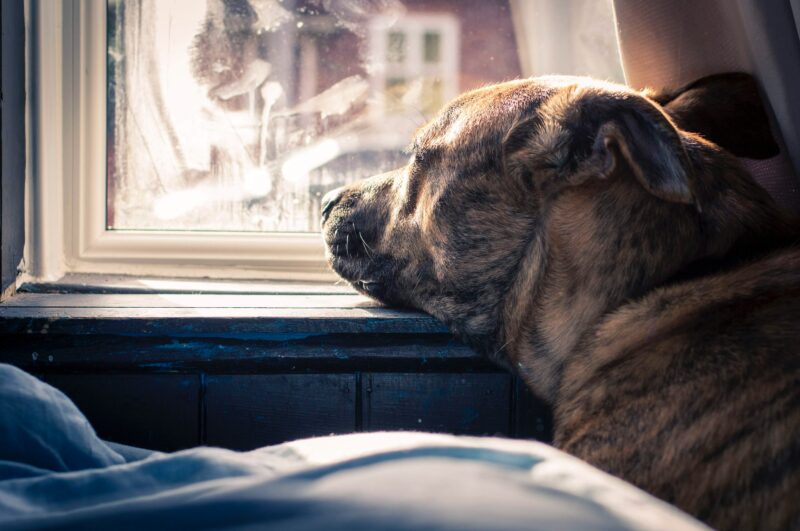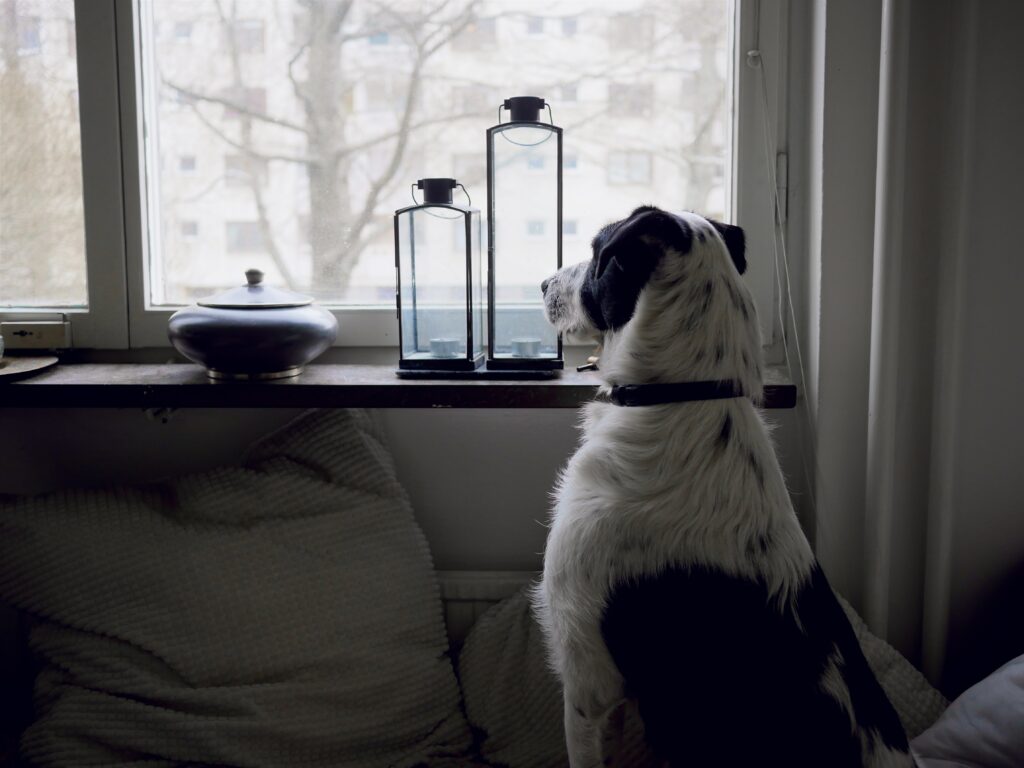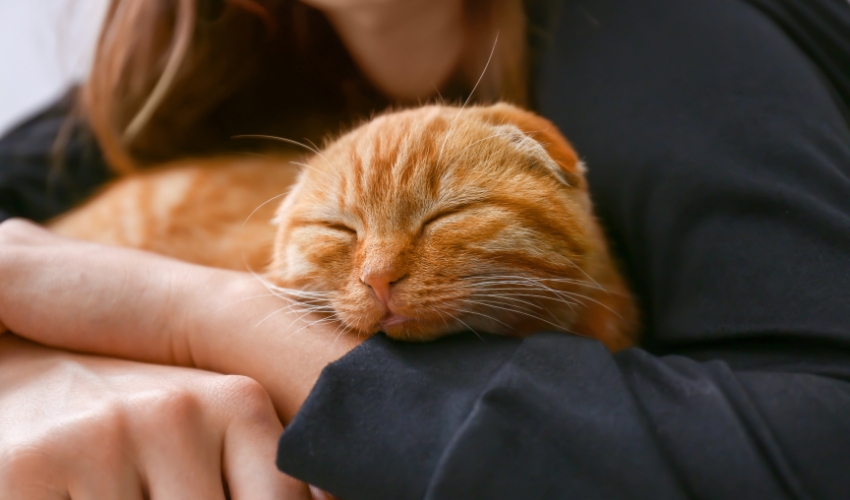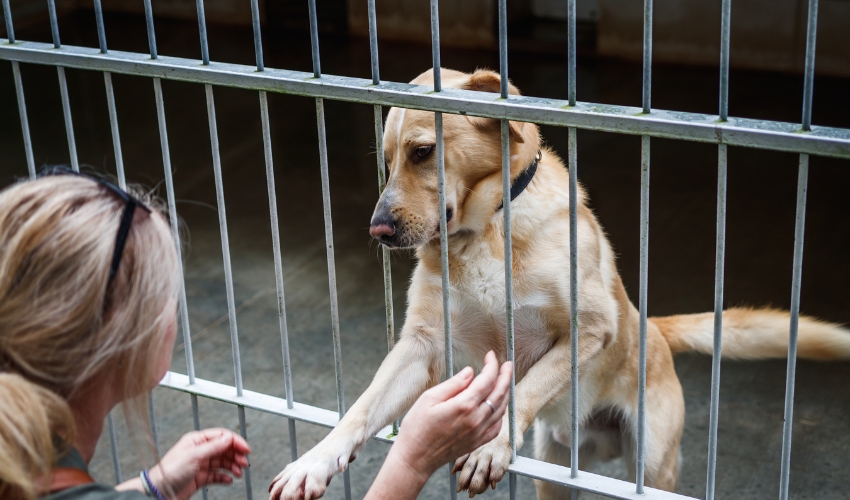What Is Separation Anxiety in Dogs?
Did you know that our beloved four-legged companions can experience separation anxiety just like humans? According to the American Society for the Prevention of Cruelty to Animals or ASPCA, separation anxiety is triggered when dogs become upset because of separation from their guardians, or the humans’ they’re attached to. Some dogs would even try to prevent their guardians from leaving, and when their guardian returns home, the dog acts as though it has been years since he has seen his fur parent! We really don’t deserve these furry babies, right?
Separation anxiety is more common in certain breeds and individual dogs with a predisposition for attachment. Factors such as changes in routine, moving to a new home, or traumatic experiences can contribute to the development or exacerbation of separation anxiety.
Why Do Dogs Develop Separation Anxiety?
There is no exact answer as to why and how dogs develop separation anxiety, but there are certain situations that predisposes our fur babies to develop separation anxiety.
- Change in owner or family – Pooch that are abandoned, surrendered to a shelter, or given to a new owner can trigger the development of separation anxiety.
- Change in schedule – A sudden change in schedule in terms of when or how long we leave our fur baby can trigger the development of separation anxiety. This is why during the Covid-19 lockdown, a lot of experts said that dogs are likely to suffer severe separation anxiety once the lockdown restrictions were lifted.
- Change in residence – Just like us humans, our canine companions, get sentimental too when moving to a new residence. The change in environment can trigger the development of separation anxiety.
- Change in Household Membership – Have you noticed a sudden change of behavior of your pooch when a family member is away? The sudden absence of a resident family member, either due to death or moving away, can also trigger the development of separation anxiety.
What Are The Common Signs of Separation Anxiety in Dogs?
- Excessive vocalization – Pups with separation anxiety may bark, howl, or whine excessively when they are left alone. This vocalization is often a sign of distress and an attempt to call their humans back.
- Destructive behavior – Our canine companions may engage in destructive behavior such as chewing furniture, digging, scratching doors or windows, or even destroying household items.
- Inappropriate elimination – Some pooch with separation anxiety may urinate or defecate inside the house, even if they are house-trained. This is often a response to anxiety that they feel when they are left alone.
- Pacing and restlessness – Some pooch may also exhibit restlessness when they are anxious about being separated from their humans. This behavior is a physical manifestation of their emotional distress.
- Attempts to escape – Have you ever experienced your fur baby trying to escape? Dogs with separation anxiety may attempt to escape from the confined space that they are in. This can lead to injuries, as they may try to scratch or chew their way out.
- Excessive greeting behavior – Whenever you return home, your fur baby with separation anxiety may display over excited and hyperactive behavior. This can include jumping, licking, and inability to calm down.
- Refusal to eat – Some of our fur babies may lose interest in food when they are left alone, even if they are typically good eaters and it’s their favorite food. This loss of appetite can be a sign of stress and anxiety.
How to Manage Social Anxiety in our Canine Companions

Managing separation anxiety involves a combination of behavior modification, training, and sometimes, the use of medications. Here are some strategies to help address separation anxiety in your four-legged friend.
- Gradual desensitization – Practice leaving your pooch alone for short periods and gradually increase the duration. This helps desensitize your pooch to your departures and returns.
- Create a positive environment – Provide your fur baby with engaging toys or puzzle feeders to keep them occupied when they’re alone. Creating a positive association with being alone can help reduce anxiety.
- Establish a routine – Try to stick to a consistent daily routine to provide your fur baby with a sense of predictability and security.
- Use calming products – Consider using calming pheromone diffusers, sprays, collars or anxiety wraps to create a calming environment. These pheromone products release natural, positive chemicals that can help ease your fur baby’s anxiety.
- Seek professional help – In times like these, it is always best to consult with a veterinarian or a professional dog trainer to develop a tailored behavior modification plan. In some cases, your veterinarian may prescribe medication to alleviate anxiety.
What NOT To Do When Your Furry Friend Is Showing Signs of Separation Anxiety
- DO NOT scold or punish your fur baby. Your fur baby is already in a lot of stress. If they misbehave when you’re not around, try to understand that they are not misbehaving, they are feeling lost and confused. The best thing that they need at the time is love, patience, and support from their humans.
- DO NOT use painful or scary equipment to discipline your fur baby. Remember that they are already in fear. Adding more pain and fear will not make things better. It will only make it worse for them to deal with their anxiety.
Our canine companions want nothing but love from us. In difficult times like these, it is important that we know how to handle these kinds of situations so we can create a safe space for them. Help your furry friend conquer separation anxiety one paw at a time.












